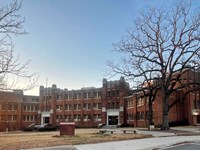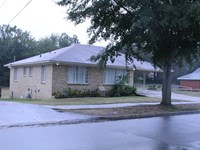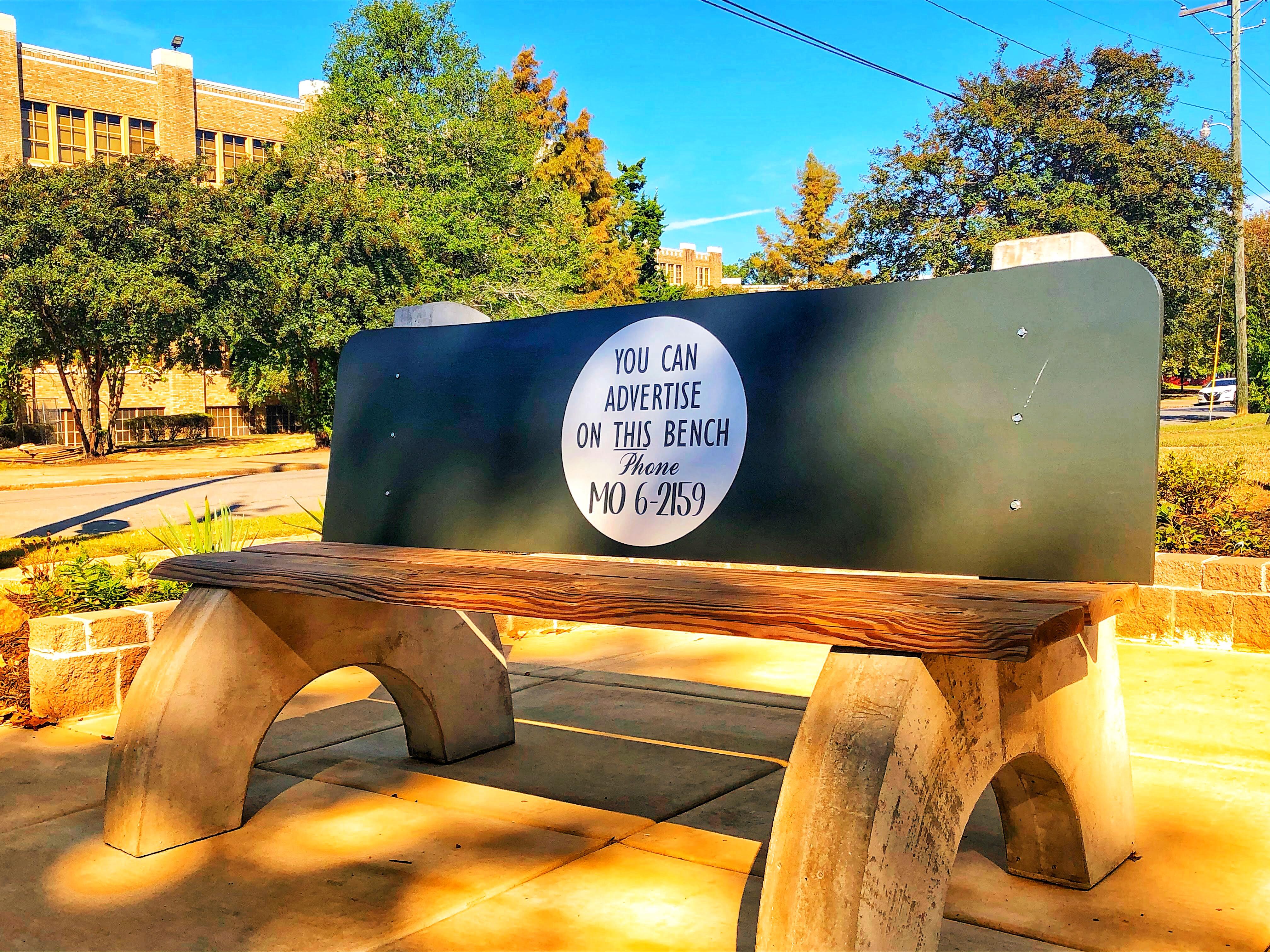- Little Rock Central High School National Historic Site
Paul Laurence Dunbar High School
- Locations: Little Rock Central High School National Historic Site
- Little Rock Central High School National Historic Site
Philander Smith College and the 1957 Crisis
- Locations: Little Rock Central High School National Historic Site
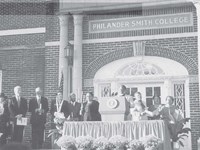
In 1957, Little Rock’s Philander Smith College, an historically black college, opened its doors to the “Little Rock Nine” to help them prepare for their first days as students at Central High School. Barred from entering the all-white high school by order of the governor, the students struggled to keep from falling behind in their coursework, aided by Philander Smith College faculty members.
- Little Rock Central High School National Historic Site
Home of Daisy and L.C. Bates
- Little Rock Central High School National Historic Site
Commemorative Garden
- Locations: Little Rock Central High School National Historic Site
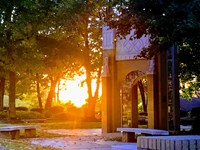
The Commemorative Garden, adjacent to both the visitor center on South Park Street and the north side of Little Rock Central High School, documents a photographic history, inlaid on brick and concrete arches, as a reminder of the bravery of the Little Rock Nine and a legacy of Central High School. Within this space are nine benches and nine trees to provide seating and shade for a visitor to sit and reflect in this tranquil landscape.
- Little Rock Central High School National Historic Site
Elizabeth Eckford Bus Bench
- Rosie the Riveter WWII Home Front National Historical Park
Healthcare, Childcare & Education - Audio Program
- Locations: Rosie the Riveter WWII Home Front National Historical Park

This program is part of an introduction to the history of the park and the WWII Home Front. You can listen to it at home, while driving, before your visit to the park visitor center or as part of the official NPS App driving tour. These files are also available as a free download on our website and can be a great educational tool for your classroom.
- Jimmy Carter National Historical Park
Plains High School
- Locations: Jimmy Carter National Historical Park

Plains High School was constructed in 1921 at a cost of $50,000.00. Student attended grades one through eleven in the building, there being no twelfth grade until 1952. Both Jimmy and Rosalynn Carter graduated from Plains High School, Jimmy Carter in 1941 and Rosalynn Carter in 1944. Jimmy Carter quoted Julia Coleman: teacher, principal, and superintendent of the school system, in his inaugural address as President of the United States.
- Offices: National Historic Landmarks Program
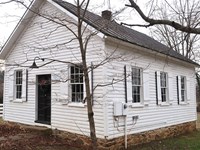
The Second Street School in Waterford’s Historic District was constructed in 1867 to serve the town’s African American children, making it among the oldest one-room school buildings in Loudoun County, and a highly intact example of this important building type. This small school and church building powerfully illustrates the importance of churches, schools, and even cemeteries to African Americans in the Southern and border states after the Civil War.
Last updated: July 31, 2023

